The Renault Emblème concept car is an attempt at marrying hydrogen power with a compact EV setup.
In the evolving landscape of automotive technology, Renault has unveiled a groundbreaking dual-power energy system in their Emblème concept car. This innovative powertrain combines traditional battery electric technology with a hydrogen fuel cell, potentially resolving critical challenges that have long plagued electric vehicles, such as range limitations and extended charging times.
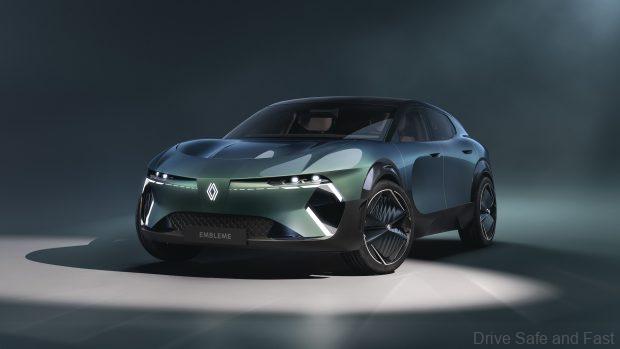
Technical Architecture and Performance
At the heart of the Emblème lies a sophisticated 160 kW wound-rotor electric motor, notably constructed without rare earth materials. This primary powerplant is supported by a compact yet efficient 40 kWh NMC (Nickel Manganese Cobalt) battery, deliberately sized for optimal daily use rather than maximum range. Complementing this setup is a 30 kW PEMFC (Proton Exchange Membrane Fuel Cell) system, featuring a 2.8 kg hydrogen storage tank and achieving approximately 60% efficiency.
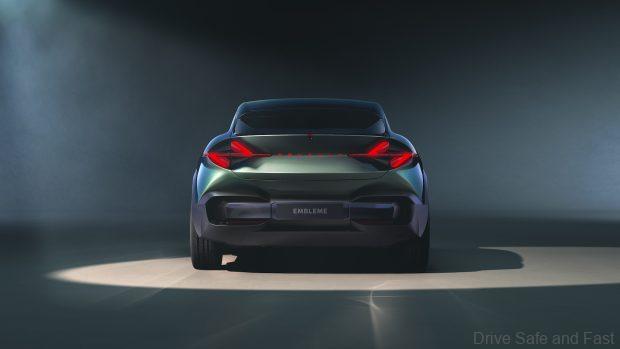
This dual-system architecture enables remarkable performance metrics. The vehicle can travel several hundred kilometers on battery power alone, while the total range extends to an impressive 1,000 kilometers when utilizing the hydrogen system. Long-distance travel becomes notably convenient, requiring only two brief hydrogen refueling stops, each lasting less than five minutes. In a practical scenario, such as traveling from Paris to Marseille, the fuel cell generates 75% of the required electricity, with water vapor being the sole emission.
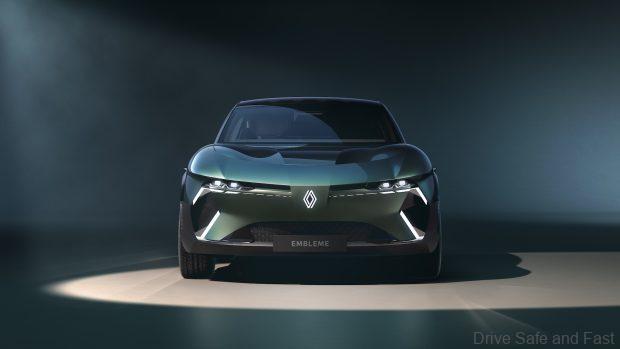
Engineering Challenges and Solutions
Renault’s engineers faced the complex task of integrating two distinct power sources while maintaining optimal weight distribution and performance. Their solution leverages the AmpR Medium platform with a rear-wheel drive architecture, achieving a remarkably balanced vehicle weighing just 1,750 kg. This weight optimization is particularly impressive considering the dual powertrains, accomplished through strategic component placement and a low center of gravity design.
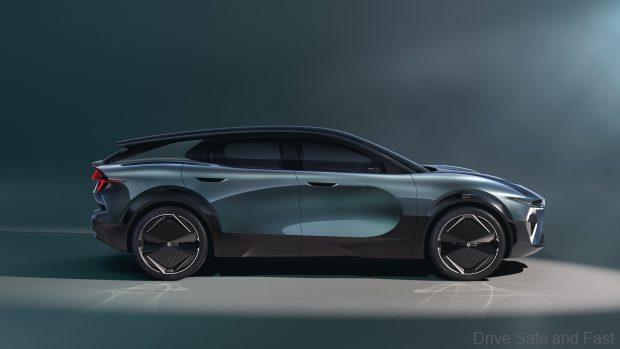
The decision to use a smaller battery than typical long-range electric vehicles yields multiple benefits. Beyond the obvious weight reduction, it decreases production costs, minimizes environmental impact during manufacturing, and reduces dependency on extensive charging infrastructure. This pragmatic approach ensures the battery sufficiently covers daily driving needs while the hydrogen system provides extended range capability when required.
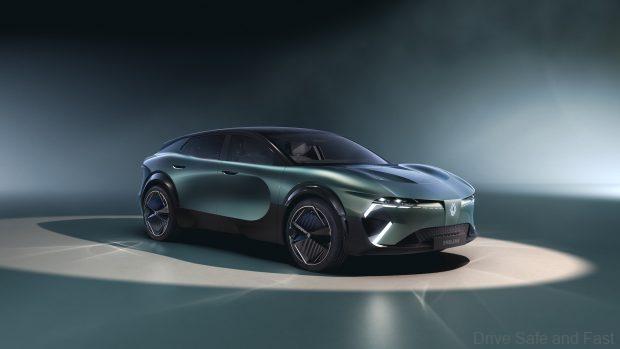
Market Viability and Infrastructure Considerations
The commercial success of this technology hinges on several interconnected factors. The system’s ability to utilize existing electric charging infrastructure for daily use provides immediate practicality. However, the limited availability of hydrogen refueling stations presents a significant challenge. A strategic approach focusing on key transport corridors could provide a practical solution during the initial phases of adoption.
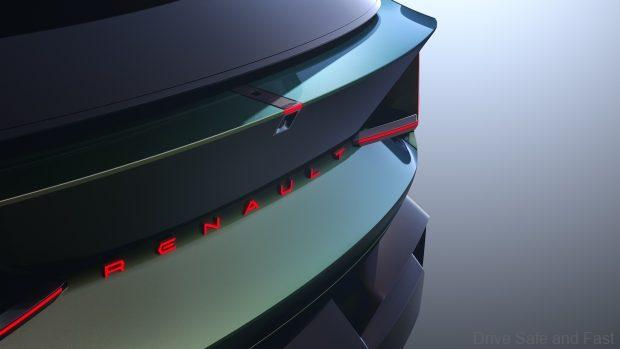
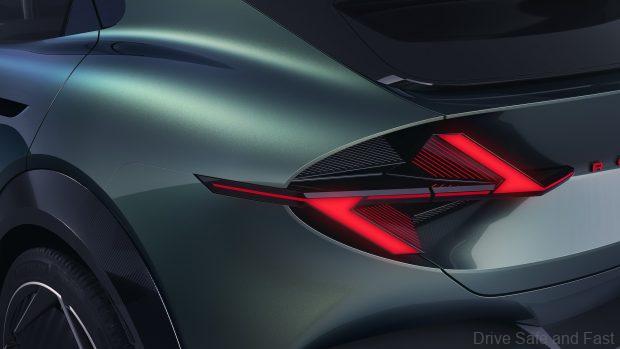
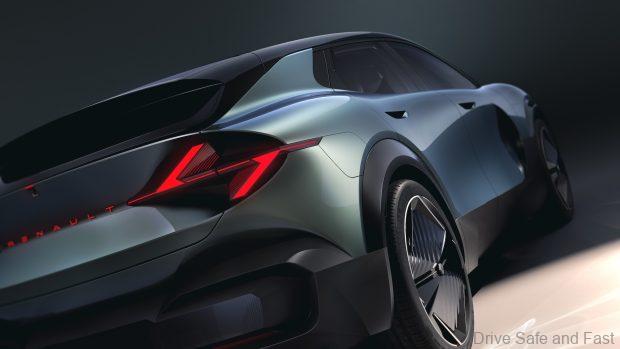
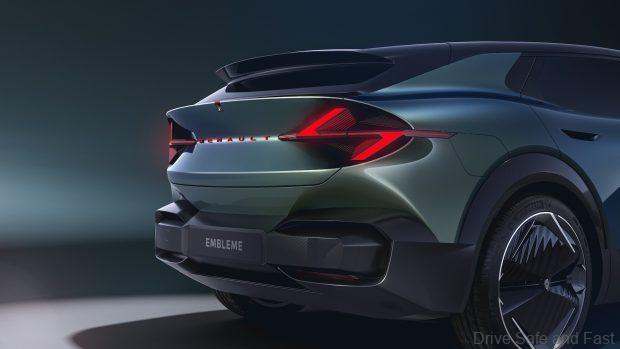
From an economic perspective, the smaller battery helps offset the additional cost of the hydrogen system, though the overall production expense currently exceeds that of conventional electric vehicles. Operating costs present a mixed picture – while the dual system offers efficient energy usage, the variable cost of hydrogen and availability remains a factor. The potential for lower maintenance costs, however, could provide a long-term economic advantage.
Environmental Impact and Future Implications
The environmental credentials of the Emblème are impressive, with Renault claiming a 90% reduction in lifecycle emissions compared to current vehicles. This significant achievement aligns with the company’s ambitious carbon neutrality goals for 2040 in Europe and 2050 globally. The absence of rare earth elements in the electric motor and the reduced mineral resource demand due to the smaller battery further enhance the system’s sustainability profile.
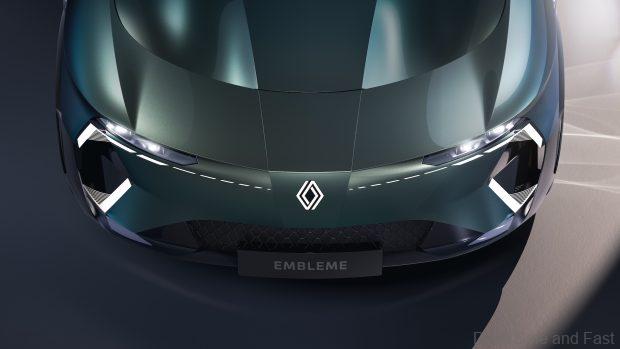
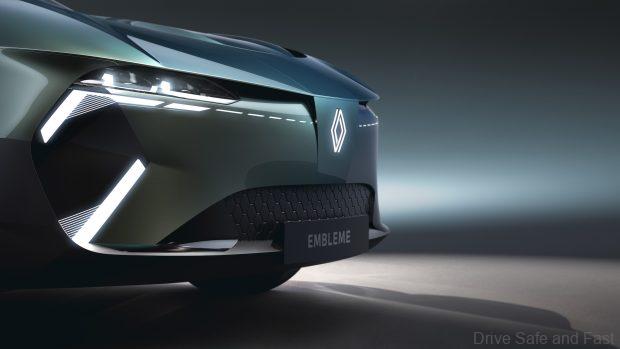
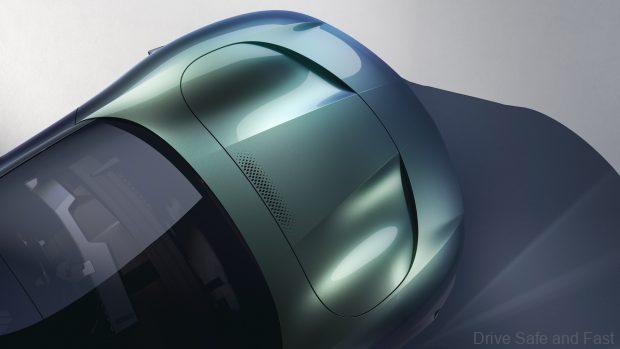
However this whole concept car hinges on the viability of the hydrogen economy which has yet to prove itself. To be honest it looks like a bit of a leap at this point but it’s interesting to see that another European make has explored hydrogen as an alternative to pure BEVs.